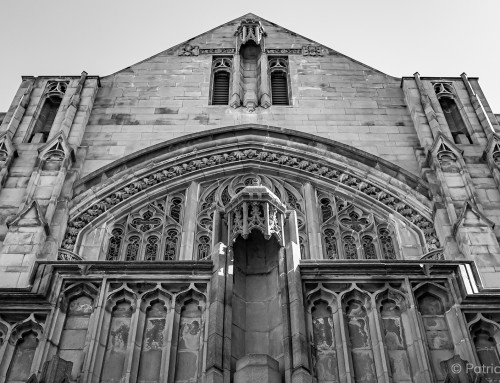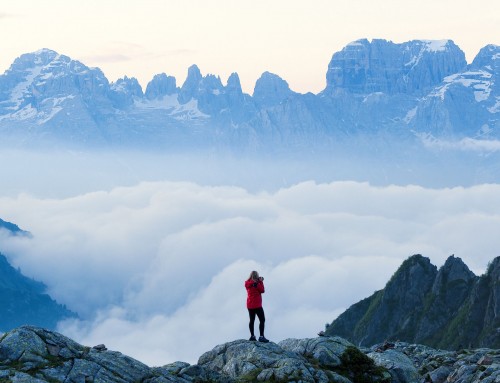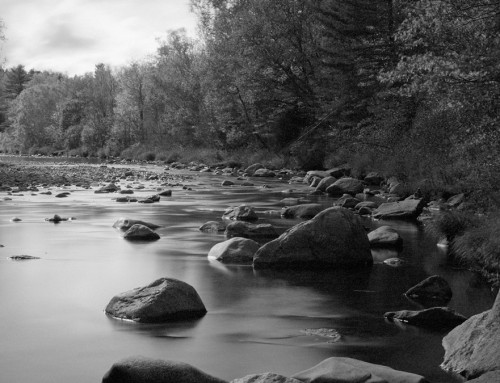Keeping your images secure is an important part of every photographer’s workflow. It’s simple to create a system you can rely on. This video demonstrates methods for managing image backups and includes tips for keeping them organized.
Photos: C. North
Transcript
Exposure’s Workflow
Exposure is a non-destructive editor, which means original photos are never touched during post processing. Instead, edits, organizing information, and even virtual copies are saved in sidecar files near the photos. One of the key benefits of nondestructive editing is that you can undo changes anytime. Simply pressing the Reset button will revert to the original, unedited image if you want to start over completely.
The edits stored in the sidecar files are sets of processing instructions and are much smaller than a finished photo, taking up little space on your computer’s hard drive. Changes are saved automatically as you use Exposure, and are retained across sessions. Every folder of photos edited in Exposure will have its own Exposure Software folder for sidecars.
Exposure’s use of sidecar files makes creating backups simple. Because the edits are stored with the images, photographs and edits are backed up in the same step using any tool that copies an entire folder. Exposure’s design also makes it easy to synchronize work across multiple computers. Edits can be synced using cloud solutions like Dropbox.
To sync edits, use Exposure to move or copy photos to your Dropbox folder. Dropbox will automatically upload and sync the images and the sidecar files that contain Exposure’s adjustments.
Saving your files to a shared Dropbox folder allows you to work on the same photo project from multiple locations. This works great when you’re editing from the road, or for collaborating with outside retouchers.
Managing Archives
Exposure gives you several simple ways to create a backup archive. In the Copy from Card dialog, set a second location in the Destination section. This will make the copy while they are also being transferred to the computer. This option does not include Exposure’s sidecar files, which are later created during post processing. It’s more common for press, event coverage, and record keeping.
Internal hard drives can quickly fill up with large RAW files. An external or network storage unit is a great place to move images after processing is complete to free up space. Simply drag and drop entire folders of photos to move or copy them to another drive in the Folder panel.
A backup is a redundant copy that includes photos and any retouching or grading effects applied to them. The simplest way to make a complete backup is to copy the entire folder of images to your backup device after completing processing. When you move or copy a folder in Exposure, it will preserve any subfolder hierarchy, so you can keep the same organization in your active and offline photo libraries.
When revisiting an offline archive of work, simply reconnect the storage device to your computer. Then, click the Plus button in the Folder panel and add a new bookmark to the top level folder of the device. Exposure will begin building a cache in the background for the new attached folder. Then you can browse and search for specific images and use filters like flags, ratings, labels, or metadata. Everything in the archive will be just as you copied it.
Storage Options
A reliable backup system will let you recover photos if your computer has a catastrophic failure. Even external or solid state hard drives can crash with age, wear, and damage. Don’t trust only keeping a single copy of an image. Whenever possible, always have at least one backup copy of work, preferably two. Also, keep an additional archive in an off-site location.
There are two flavors of data storage options for image archives. Connected drives are devices like network attached storage, or a portable unit like a USB hard drive. We recommend storage devices that use a fast connection like USB type-C or Thunderbolt. The transfer rate of the device will impact the responsiveness when using it.
Saving an archive to an offline drive, or to an offsite location, provides a high level of protection. A simple way to backup your work in a different location is using backup services like Backblaze and Crashplan, or cloud file sync services like Dropbox, OneDrive, or Google Drive.
Hybrid systems offer speed of solid state drives with the cost efficiency of high capacity hard disks. Units from Drobo, Synology, or Q-NAP look a lot like Dropbox or OneDrive, but they are self hosted. It’s a nice option if you want to avoid paying subscription fees for your photo archives.












